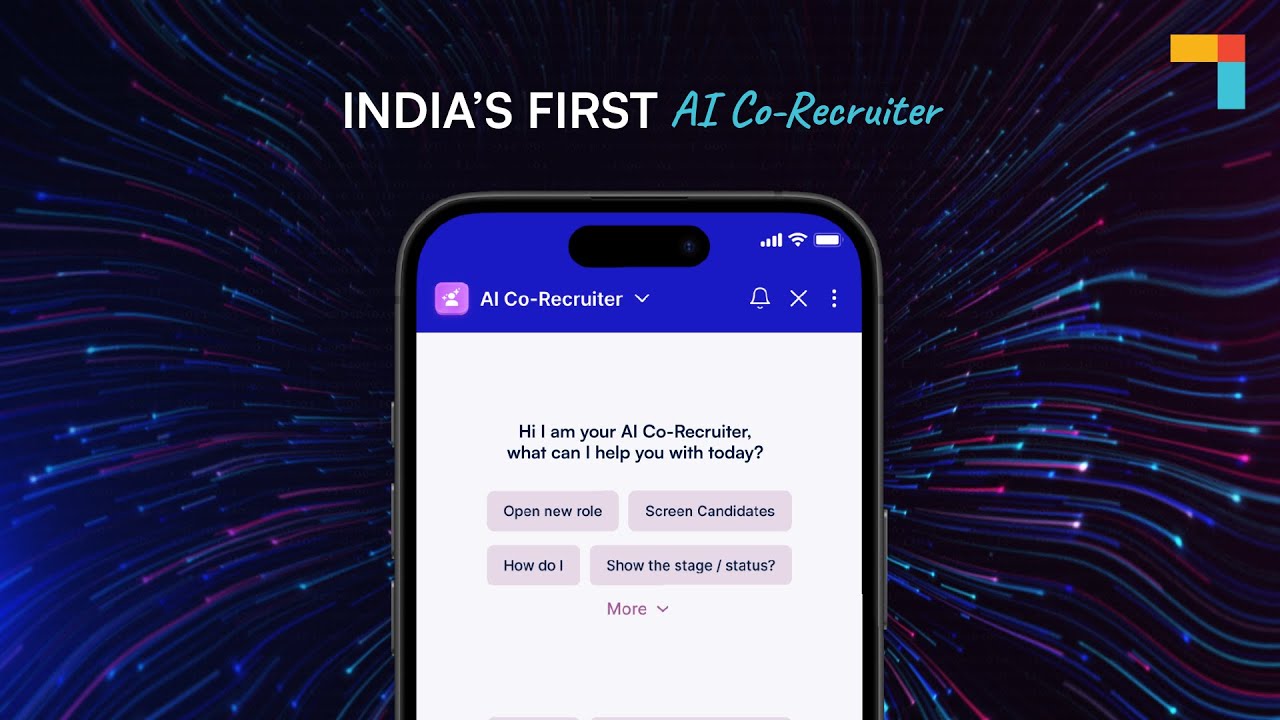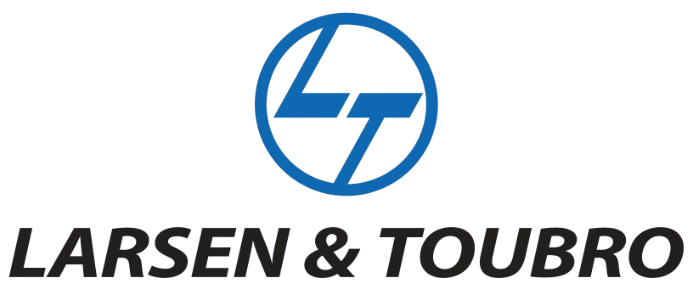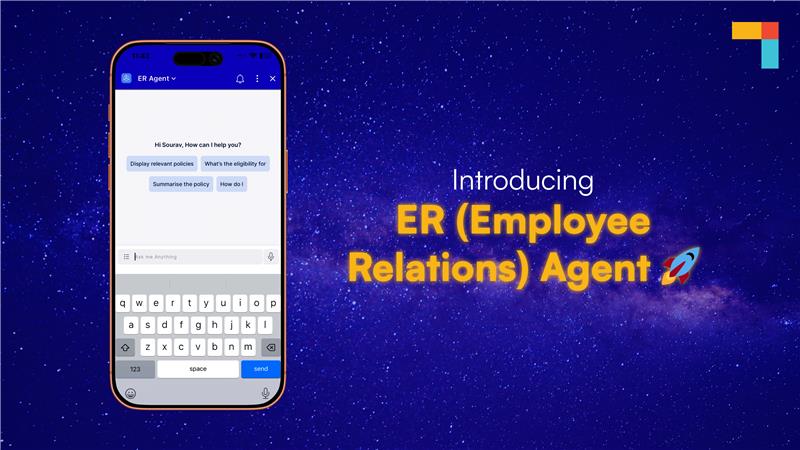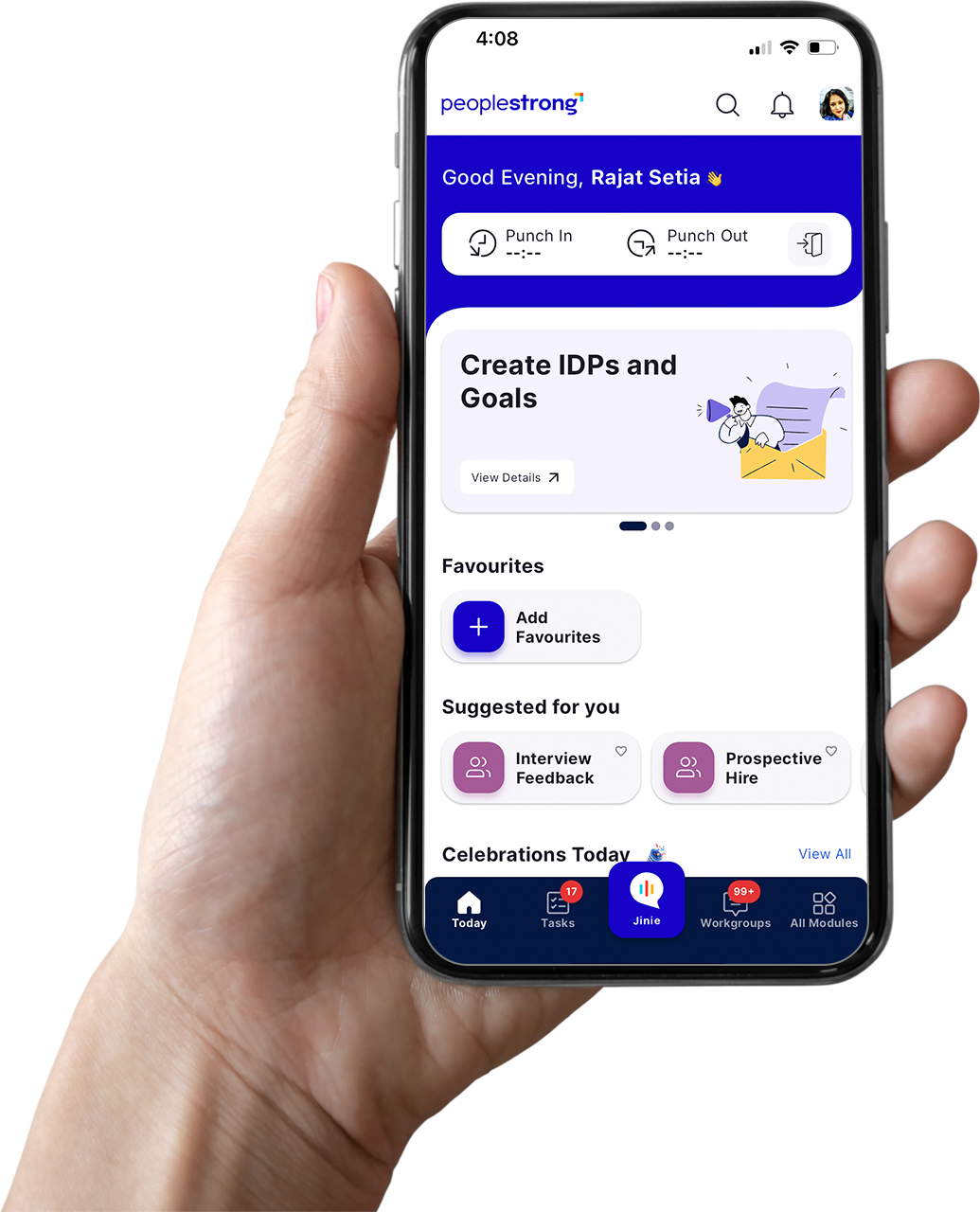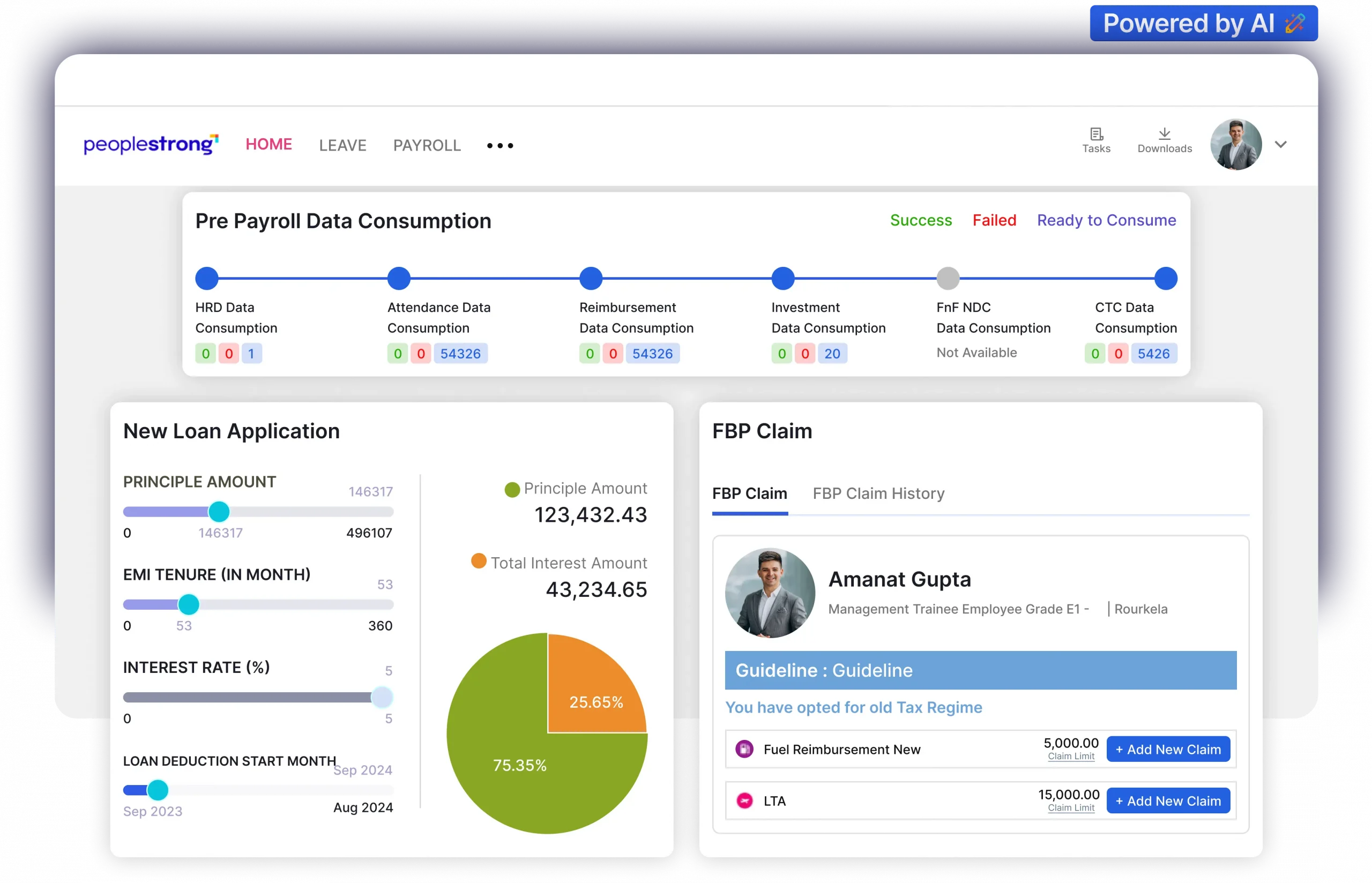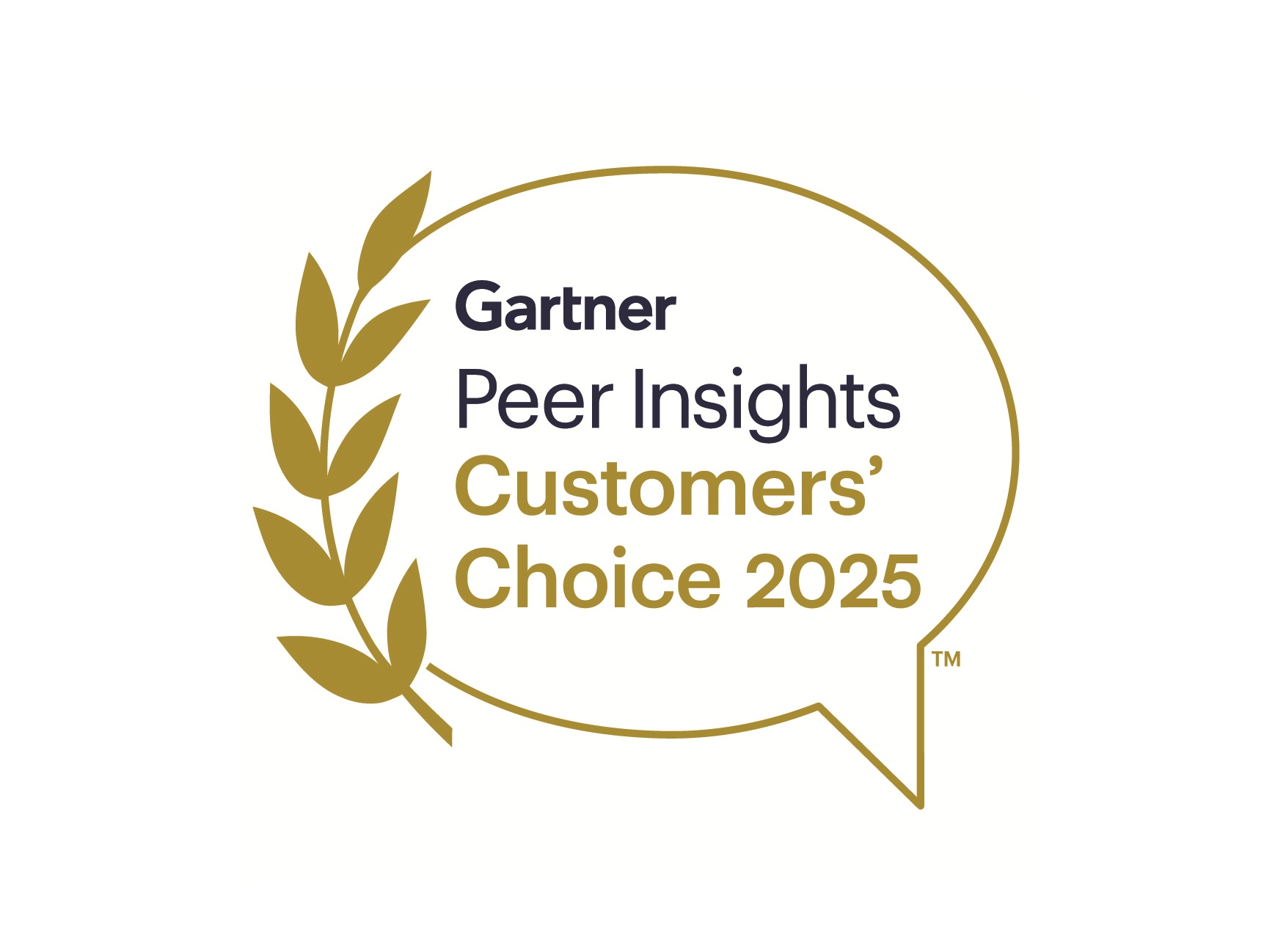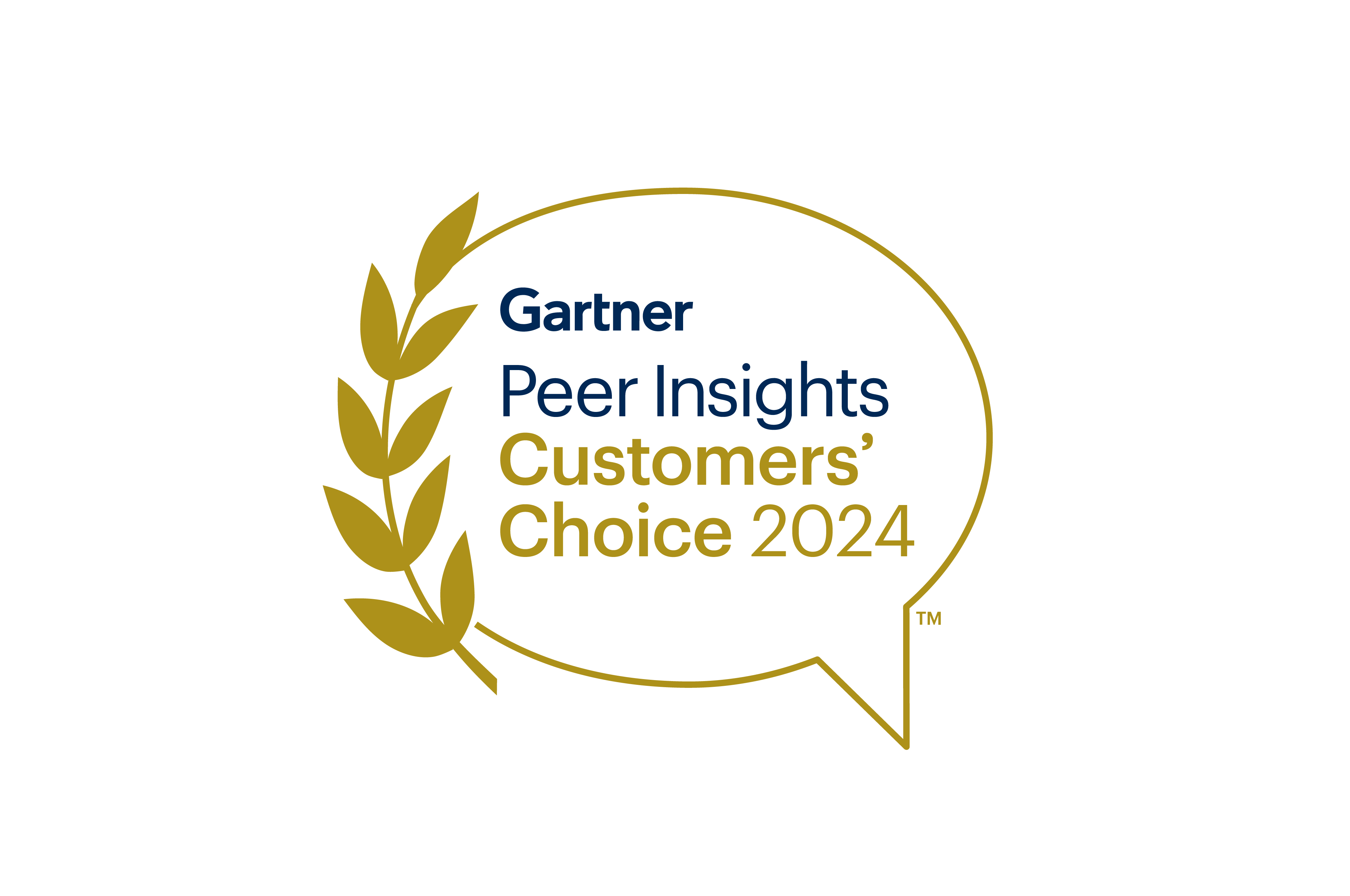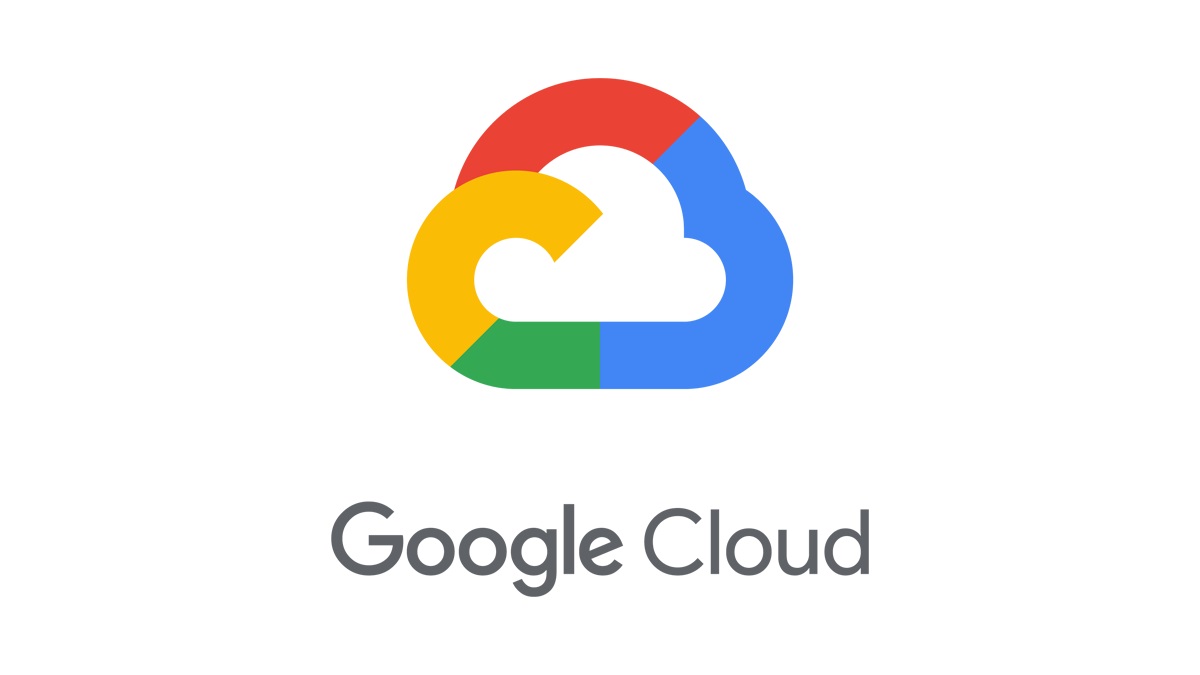The Happiness Index says employee engagement is about how connected people feel to their work. When organizations increase the number of engaged employees in the organization, they improve a whole host of organizational outcomes, including profit, retention rates, and customer services. Research after research shows that organizations with engaged employees outperform those without.
But, you don’t have to shell out precious bucks from your budget to spend on birthday parties, or celebrating work anniversaries to no avail. Employee engagement initiatives in their essence are all about how people are treated by their leaders and the people they work with – trusted, respected, treated fairly, and listened to intently. In this article, you’ll find an eclectic mix of initiatives that cover all the above aspects generously, so you can pick and choose which ones work for you.
Suggested Read:
Guide to Evergreen Employee Engagement in Your Company
14 Fun employee engagement activities For Your Workplace
1. Team games
A tad conventional, but very effective employee engagement activity, team games – both online and offline are relaxing, take work stress off people’s minds, and help ease any tension or conflict running in the team. Games like escape rooms, where people get together to solve mysteries or riddles in one room, find a way to enter into the other and work their way out of a maze. There are tools to play this game online if your team is hybrid or entirely virtual.
Go for games with minimal investment, which can be conducted at any part of the day. You can use them instantly if a quick pulse check reveals people are stressed out, zoned out, or just need some time for recreation to get the juices flowing much better. Some other office games that you could try are blindfolded journeys.
In this game, people are divided into two teams, and before them is a path filled with hurdles (you can use bowling pins, empty containers, or simply any hurdle). They see the path they need to walk to get to the finish line, and they are all blindfolded. The team chooses their leader, and they’re given a stick to navigate their way through the space, to reach the end. Whoever reaches first, wins. These games mandate people to talk to each other, trust each other, and take wins or losses in a stride – which is essential for any team.
You’ll see an instant shift in morale after the game, and once you start doing it regularly, you’ll notice people who only exchanged pleasantries in the team start forming deeper rapport with each other.
2. Spontaneous recognition programs
Nothing trumps public recognition, and the rush of dopamine it gives. Bring in a policy and program that enables managers to give an award or public appreciation to an employee who has delivered extraordinary work. Being instantly rewarded, then and there at work, in front of people they work with can be exhilarating to the one receiving it, and will push others to go the extra mile to accomplish something great, so they’ll be rewarded similarly. The best part about it is that employees don’t have to wait until performance review time to be rewarded for their commendable work.
For example, if someone has worked day and night, helped other teammates, and accomplished a target no one thought was possible and they walk into the office the next day, placing a star or a small trophy with an appreciative note on their table. As soon as they pick up the note and read it, throw in a couple of party poppers, let everyone applaud, and the manager announces their feat to the team.
When this happens, other people take notice of the receiving employee’s skills, especially leaders, and this will help the employee build relationships beyond their team.
The other part of this activity is peer recognition. There’s a lot that goes on between peers that the manager isn’t always privy to. Perhaps someone covered two shifts of their teammate in a row because they had to take their child to the hospital. Or, they stayed up late to help an older employee navigate their way through a new tool, even though they aren’t directly related to the project. Or someone stood up for another teammate to an unruly and irate customer. Several noble, and kind gestures go unnoticed in the workplace, and this recognition program definitely helps throw light on them.
3. Hackathons and workathons
These are competitions in the workplace or a designated space where participants are allotted a huge task to be completed in a near-impossible timeframe, with their teammates cheering them on. These activities are adrenaline-boosting, regardless of the type of tasks people are working to complete. In the end, the winner gets a monetary award or a non-monetary but significant award (extra paid time off, fully paid vacation, free goodies, an on-site opportunity, etc), that’ll inspire others to follow suit. You could also take a problem that has been plaguing your business (any particular function or in general), conduct a contest for people to solve it in a short timeframe, and reward them handsomely.
While these contests kindle competitiveness, they also bring people closer than before and give them opportunities to earn goodwill from leadership, managers, and their peers. These are absolute credibility builders.
4. Self-care boot camps
People work almost 1/3rd of their lives at work, and in between personal commitments, and minimal social interactions, they try doing something they love or get a chance to think about themselves. Musings about their present and the future happen mostly during commutes, and go away as fleeting thoughts, instead of prompting them to act on it. There’s almost no time for self-care of any kind.
If you can give them time exclusive for self-care, such as relaxation retreats with the team, with maximum focus on introspection, soul searching, and future planning, they will benefit from it. This will help them assess where they are – financially, emotionally, and physically, and take time to figure out where they want to be in 5, 10, 15, or 20 years and carve out the right way to get there. You can have leaders address employees during the boot camps, and bring in life or performance coaches to help employees figure out their life priorities. You can have a 3-5 day camp, depending on the type of relaxing activities your workforce will like. Partially, or fully informal setup, with space for people to completely unwind and relax to their fullest, so they can come back to work rejuvenated.
5. Charity runs
Charity runs and CSR activities can be great employee engagement initiatives because they get employees to work together towards a shared cause, fostering collaboration and camaraderie. Employees are often looking for more than just a paycheck; they want to feel like their work contributes to something larger. Participating in charity events or CSR projects allows them to see the tangible impact their company has on society, enhancing their personal sense of purpose and fulfillment.
Companies that are actively engaged in charitable or socially responsible initiatives are often seen as more attractive to potential employees, particularly those who prioritize working for organizations with strong ethical values. Internally, employees take pride in being associated with a company that cares about its community and environment, boosting retention and loyalty. These initiatives often involve diverse causes that resonate with different individuals, allowing employees from various backgrounds to unite for a common goal. This fosters an inclusive environment where everyone feels they can contribute to something meaningful.
6. Company podcasts, internal company magazines, and social media
Who doesn’t like to feel and be treated like a celebrity, and be noticed by the whole company – across geographies, and departments? Well, everyone does, and these initiatives help with just that. With the help of your marketing team, start an internal company podcast where you interview people who are excellent contributors, catalysts, and changemakers, and give opportunities to people of all age groups, cultures, etc to feature in it. This way, you make the effort to make everyone bring out what they’re most proficient in, share their life stories, learnings, etc.
You could also do a day in the life of series on the podcast, where each team of the organization comes on board one at a time, to share what their daily life looks like. Similarly, showcasing the achievements and progress of the company and your employees in the internal company magazine speaks a lot about how you value your people. To make it more interactive, you can include QR codes using The QR Code Generator (TQRCG) in your magazine or digital flyers to link directly to podcast episodes, employee highlights, or internal news portals.
7. Thankathon – Gratitude festival
Conduct a gratitude festival where people from all over the company thank 1-2 people who have truly made a difference in their lives over the past 6 months or 1 year. Take it up a notch and have your employees bring their family to the event, where they can show their workspaces, and introduce them to their team.
Every person takes time to give a small gift to 2 people they’re most grateful for and articulate the difference they made in their lives. To simplify registration and manage attendance smoothly, consider using an online event ticketing system. It’s a great event to conduct before the holidays, to make the workplace feel like home, and to set the tone for the holidays.
8. Trust fall and firewalking
Nothing brings out team spirit than helping out someone in danger. Outdoor and experiential events like trust fall and firewalking naturally bring out the protective instinct in your employees. In trust fall, an employee stands on the edge of a floor, or an elevated surface, with their back to the team standing beneath them, and falls down with their arms open, with the entire team catching them as they do.
It takes a lot to trust in the people who will have your back, and when they do, you begin to form healthy friendships and belongingness in the workplace, which is an important part of staying engaged with the company. Firewalking is when every person walks through a mildly heated stretch of land but looks like it’s scorching hot, while others stand around them cheering them on, and ready to help if needed.
Regardless of the rapport they had until then, people come together to help each other, they naturally gravitate towards the one who needs help. These activities also instill a new-found sense of confidence in employees, and when they come back to work, will be all the more invigorated to give their best.
9. Team treasure hunt
This is another activity that’ll have employees use their varied strengths together to find answers and find a treasure that you have hidden. You can play it in the office or during a team outing, and surprise everyone with a fantastic present at the end.
When you create clues, include activities for people to do like sing a song and hide the clue in its lyrics. Ensure your clues don’t rely on one person to think and guide the team, but rather have different people from the team contribute meaningfully to the hunt. This way, you’ll ensure optimal participation.
10. Creativity expos
Conduct a fair or an expo that showcases people’s hidden talent. Encourage them to put up stalls of handcrafted materials, sell pictures they painted, sketched, or photographed, children of employees painted, etc, and have stalls for people who are good at tattooing, Mehandi, nail art, etc. This is a forum you create for employees to have a talent show, and show the world they’re more than just working, and they have creative genius in them.
Teammates may discover a whole new side to the people they’ve been working with day in and day out, and this will definitely deepen the bond they have with each other. It’ll also serve as an opportunity for managers to observe hidden strengths of their team, and use them at the right time later on.
11. Designated water and relaxation breaks every day
Everyone’s mornings are jam-packed with sync-up meetings, reviews, report creations, presentations, etc, adding to-dos onto an already packed to-do list and catching up on a never-ending activity cycle. Whenever they get a few minutes of breathing time, people tend to scroll on social media or sit with their eyes closed before they get to the next meeting. Even while doing so, they wouldn’t be able to completely dissociate from work and may end up carrying work tension with them all through the day. You can pitch in here with a daily employee engagement activity – water breaks and relaxation breaks every day. For example, between 12.30-12.40 every day, employees take a water break where they need to move around a few paces from their desks and take a few sips of water from their water bottle or the water cooler.
During this 10-minute break, no one talks about work, or pending tasks, shares updates, etc. You can do this once or twice a day, to remind everyone to drink water and take care of themselves during this micro break. Similarly, during peak work hours in the second half of the day, you could play music at a particular interval on your office intercom, say around 5.00 pm – 5.05 pm, during which people get up from their desks, stretch and relax before resuming work.
12. Workations and staycations
Everyone gets exhausted from work and has a period where they’re simply tired and unable to garner any energy to work. During this time people struggle to deliver what they’ve been doing effortlessly until then. A change of scenery and work setting will certainly help refresh employees, invigorate them, and infuse new energy into them.
Try if you can take your team on workations where your team goes on a trip to a scenic place with strong Wi-fi, where you work during your regular working hours, but instead of being confined to 4 walls, you’re now working with a mountain view in front of you. This is especially beneficial if you’re working with creatives who need to extract every bit of their creative genius to deliver the best for you. During the weekend, or their regular time off they can either explore the place on their own or with the whole team.
Some of the best ideas are generated not in the work environment, but when the mind is relaxed, and amidst nature. This trip can benefit you in terms of refreshed employees brimming with ingenious ideas and improved productivity.
13. Power lunches
This is an important employee engagement activity, where employees get to have lunch with their skip-level, or with a luminary from the leadership team, where they get to learn what the company has in the pipeline in terms of innovation, what their future there will look like and have the opportunity to talk about the kind of work they do for the company.
These lunches are brief, and to the point but very beneficial, in terms of creating visibility for junior employees and individual contributors who are nowhere near the management chain, and for them to gain proof that their future in the company is safe and secure.
14. Fireside chats
Fireside chats are typically implemented as informal, interactive sessions where leadership or key figures within the organization speak directly to employees in a relaxed, conversational setting. These events are often held either in-person or virtually, with a focus on fostering open dialogue rather than delivering formal presentations. Leaders usually share insights on company goals, challenges, or personal experiences, followed by an open Q&A session where employees are encouraged to ask questions or share their thoughts. The environment is designed to be casual and approachable, promoting honest communication and breaking down traditional hierarchies.
In Google, there are meeting rooms designed like fireside settings, for people to sit in a circle, with screens to include people joining from anywhere in the globe. Such settings can be useful in bringing people together. Avoid having fireside chats in the office or in conventional work settings. It instills a sense of formality and misses the point of bringing out candid conversations. This is a chance for everyone in the group to connect deeply, and choose a venue that naturally encourages it.
Conclusion
A holistic people management platform like PeopleStrong can greatly enhance the planning and execution of employee engagement activities by providing integrated tools and insights that simplify the process.
With such a platform, HR teams can easily organize, schedule, and track various engagement activities, in a centralized system. The platform offers the flexibility to create personalized experiences for different employee groups by considering their preferences, feedback, and engagement levels. Automated notifications, reminders, and event tracking features make it easier to manage logistics, ensuring that activities run smoothly and employees are informed and involved.
Moreover, PeopleStrong provides valuable analytics and data-driven insights that allow HR teams to measure the effectiveness of engagement initiatives. By tracking participation, feedback, and overall employee sentiment, the platform helps identify what works and where improvements are needed. It can also be used to tailor future activities to better align with employee interests and organizational goals. The integration of communication tools, surveys, and feedback systems allows for real-time engagement and two-way dialogue, fostering a culture of openness and inclusivity.
Contact us today for a detailed product walkthrough.
Frequently Asked Questions
How do we measure the success of employee engagement activities?
The success of employee engagement activities can be measured through a combination of quantitative and qualitative metrics. Key indicators include participation rates, post-event surveys, and feedback that gauges employee satisfaction and involvement. Tracking improvements in areas like employee morale, productivity, and retention after engagement activities can also provide insight into their effectiveness. Comparing these results with pre-activity benchmarks and aligning them with organizational goals gives a clear picture of how well the engagement initiatives are working.
How often should these activities be conducted?
A balanced approach is to host major activities, like town halls or workshops, quarterly, while smaller initiatives such as team-building exercises, wellness check-ins, or virtual coffee chats can be done monthly. Regular touchpoints, like weekly feedback sessions or recognition programs, can keep engagement high between larger events. The frequency should reflect the organization’s culture and employee needs, ensuring activities are engaging but not overwhelming.
What challenges might arise when implementing these activities?
Engaging remote or diverse teams can also be difficult if the activities aren’t inclusive or accessible to all. Additionally, tracking the effectiveness of these activities can be complex if metrics aren’t clearly defined. Over-reliance on technology may reduce the human touch, and inconsistent communication may lead to confusion or disengagement. These challenges require careful planning, customization, and ongoing feedback to address effectively.
Can remote teams benefit from employee engagement activities?
Yes, remote teams can greatly benefit from employee engagement activities. These activities help bridge the physical gap, fostering a sense of connection and belonging among team members. Virtual events like team-building exercises, wellness challenges, or online fireside chats allow remote employees to interact, collaborate, and build relationships beyond work tasks.
